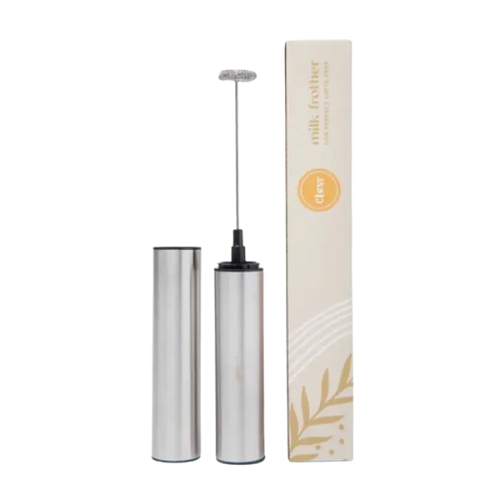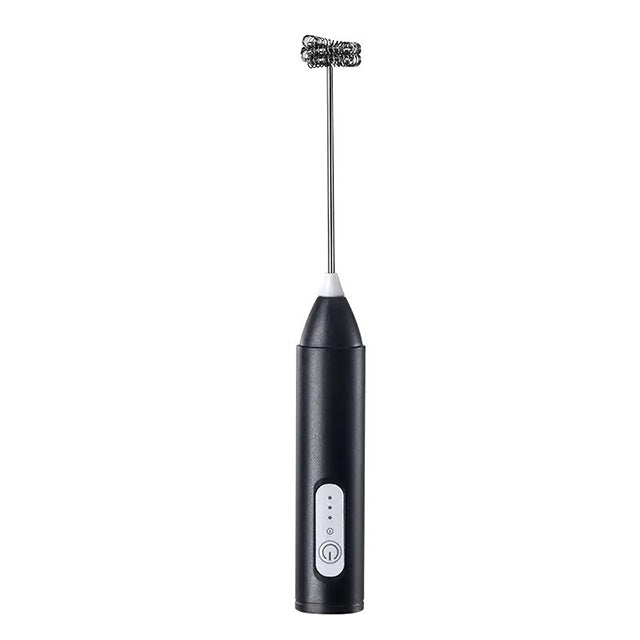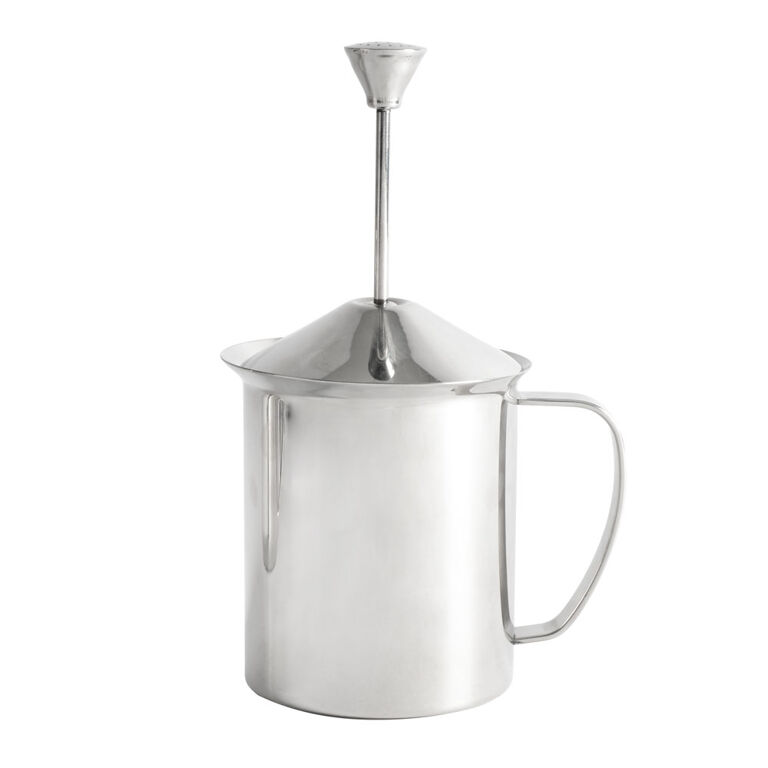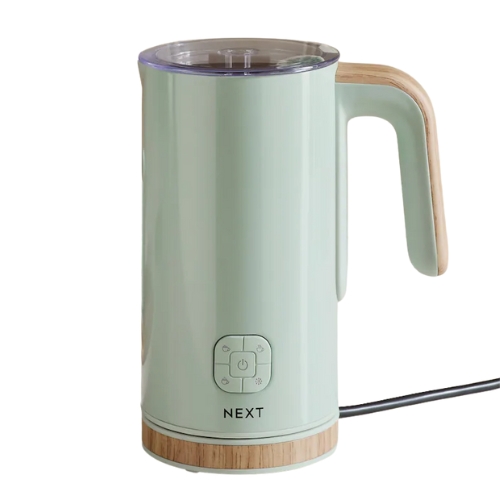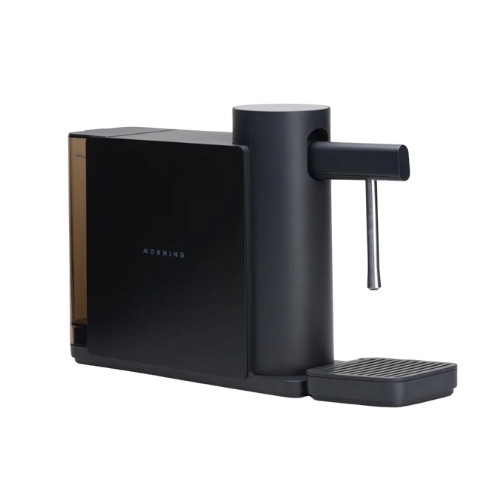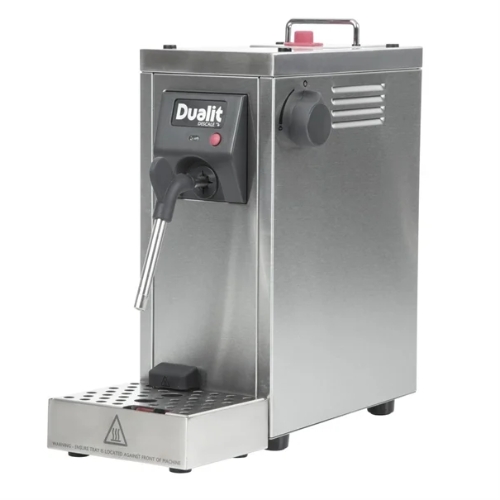Wait, All Frothed Milk Isn't the Same? These Are the Methods for Different Coffee Types, and the Piece of Kit I'd Always Choose as an Ex-Barista
Do you like hot lattes or frothy iced drinks? The right milk frothing technique depends on your choice of coffee


So, you've recently become a coffee connoisseur, and you want to ensure you have everything you need to create the perfect morning caffeination station. A quality espresso machine or coffee maker is, of course, a good place to start, but that alone might not complete the set. Not if you put milk (or an alternative) in your coffee.
A coffee without velvety smooth steamed milk just isn't the same — a steaming wand is essential to achieving fabulously frothed milk, but are all milk frothing techniques the same?
You could choose based purely on aesthetics (have you seen Smeg's just-released £99 Mini Milk Frother, yet?), and I wouldn't blame you, but really, your tipple of choice should be dictating the frother you use. As for me, I'd go for a compact espresso maker with a built-in steaming wand, for a more streamlined setup.
I'm a former barista, and I know that coffee can be a complex world to navigate, so to help narrow down your search, I spoke with some experts who shared their best advice when it comes to at-home milk frothing techniques. The missing piece to your home coffee bar ideas could be just a click away.
Firstly, What Is Frothing Milk?
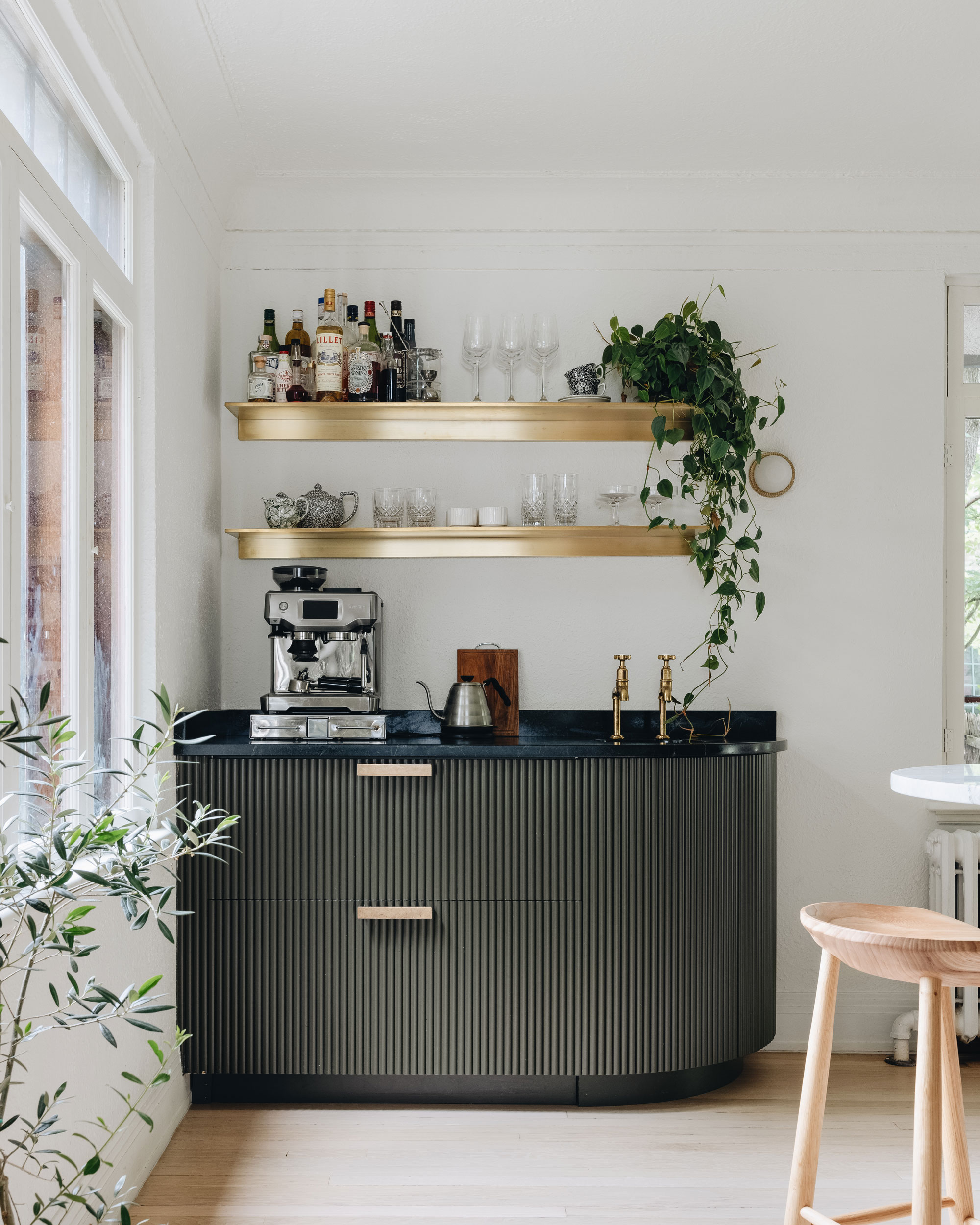
"Frothed milk is milk but made foamy and silky for added texture to the drink or visuals, like latte art," explains Bryan Quoc Le, a food scientist and food industry consultant. It's airated to create that silky smooth texture that makes coffee taste better.
And when it comes to buying your own equipment, the best place to start is by learning the different milk frothing techniques used and which is best for the drinks you like to make. There are handheld frothing devices or a wand that is usually attached to an espresso machine.
"A milk frother physically brings air bubbles into the milk using mechanical agitation," explains Bryan. "Alternatively, a milk steaming wand uses pressurized steam to both heat and aerate milk, making it creamy and aerated."
The Livingetc newsletters are your inside source for what’s shaping interiors now - and what’s next. Discover trend forecasts, smart style ideas, and curated shopping inspiration that brings design to life. Subscribe today and stay ahead of the curve.
The main difference lies in temperature and texture, and when it comes to working out which milk frothing technique is best for you, the question really is: do you drink hot coffee or prefer an iced beverage? (Which I've answered below.)

Bryan Quoc Le is a food scientist, food industry consultant, and author of 150 Food Science Questions Answered. He is also the founder and principal food consultant at Mendocino Food Consulting. Before his career, Bryan earned a PhD in Food Science from the University of Wisconsin, Madison, where he studied the biological benefits of plant-based flavors. He also holds an M.S. and B.S. in Chemistry from the University of California, Irvine, where he studied material science and polymer chemistry. Bryan has three patents in the field of food and agriculture technology.
When to Use a Hand-Held Milk Frother
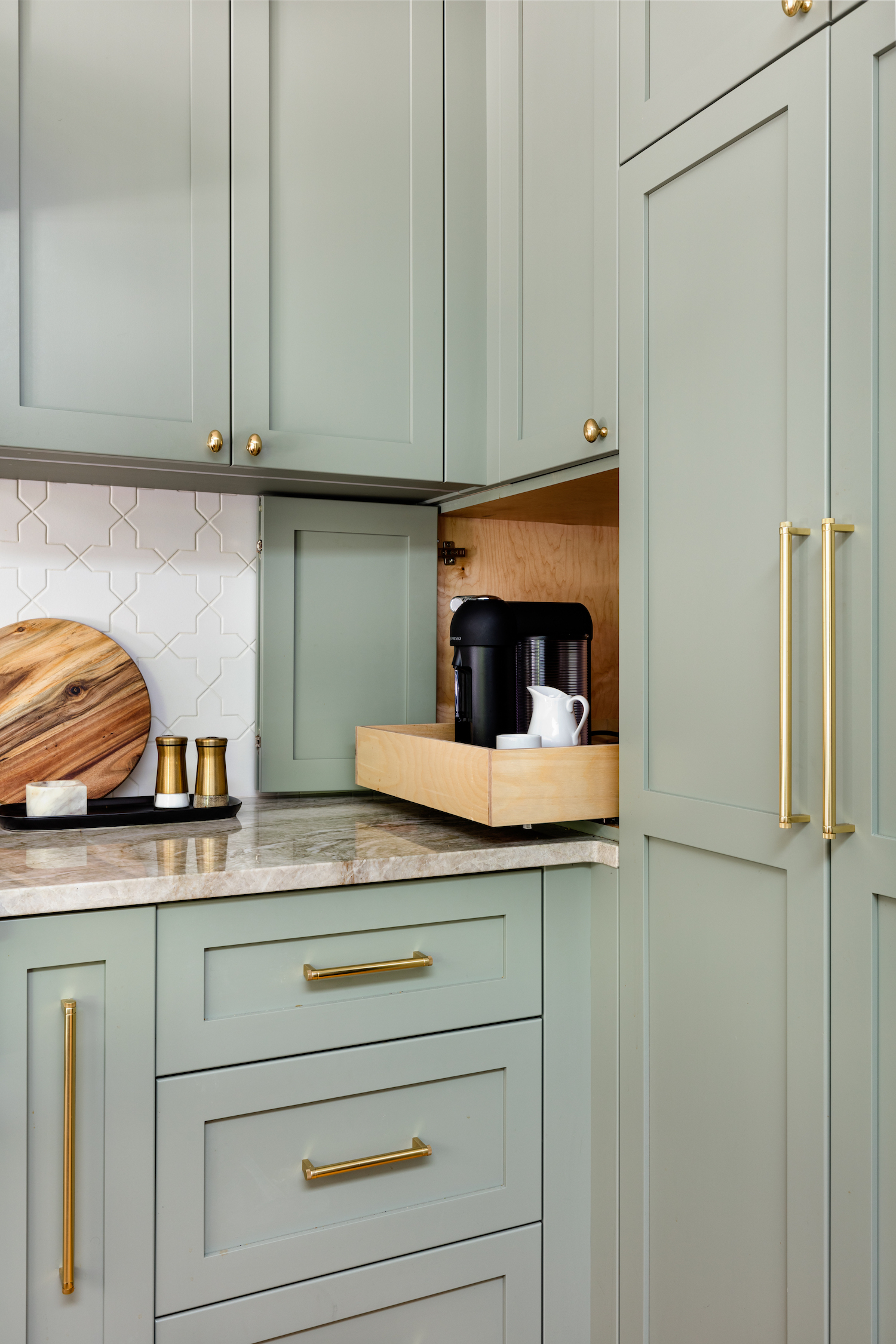
When searching for a milk frother, you will typically find a small electric device (often just a handheld wand) that whirls milk around to create larger bubbles and a higher volume of foam.
"A milk frother only performs a single function of introducing air into the milk," explains coffee expert Heather Perry, CEO of Klatch Coffee. It's important to note that a frother alone will not introduce heat, so you will either have to preheat your milk or use your frother for cold coffee drinks.
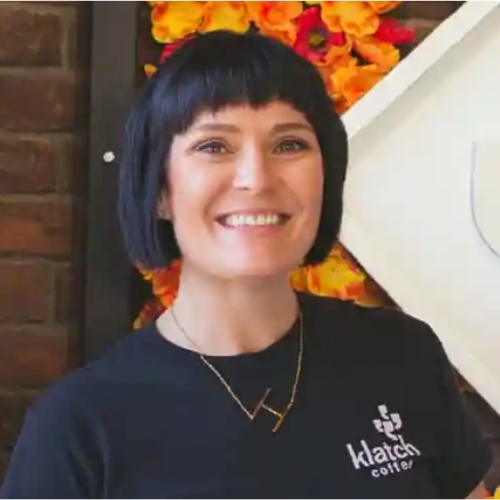
Heather Perry is the CEO of a family-owned coffee company based in Southern California, Klatch Coffee. Heather is a two-time US barista champion, former President of the Specialty Coffee Association, and a true expert in the coffee space. Klatch Coffee sources, roasts, and brews its own coffee and applies its scientific method to accomplish a taste best described with expletives and exclamations.
"You can create frothed cold milk, if desired, although foam will hold up much better when warm," Heather adds. These devices are best for those who already own a coffee maker or pod machine without a built-in steaming wand. (Or, if you are an iced coffee lover, like me.)
That being said, many newer milk frothers can now heat foam, making them just as good for thick foam in cappuccinos or hot cocoa. "Still, they can’t quite replicate the smooth, paint-like milk you need for a flat white or latte," notes Heather.
When to Use a Steaming Wand
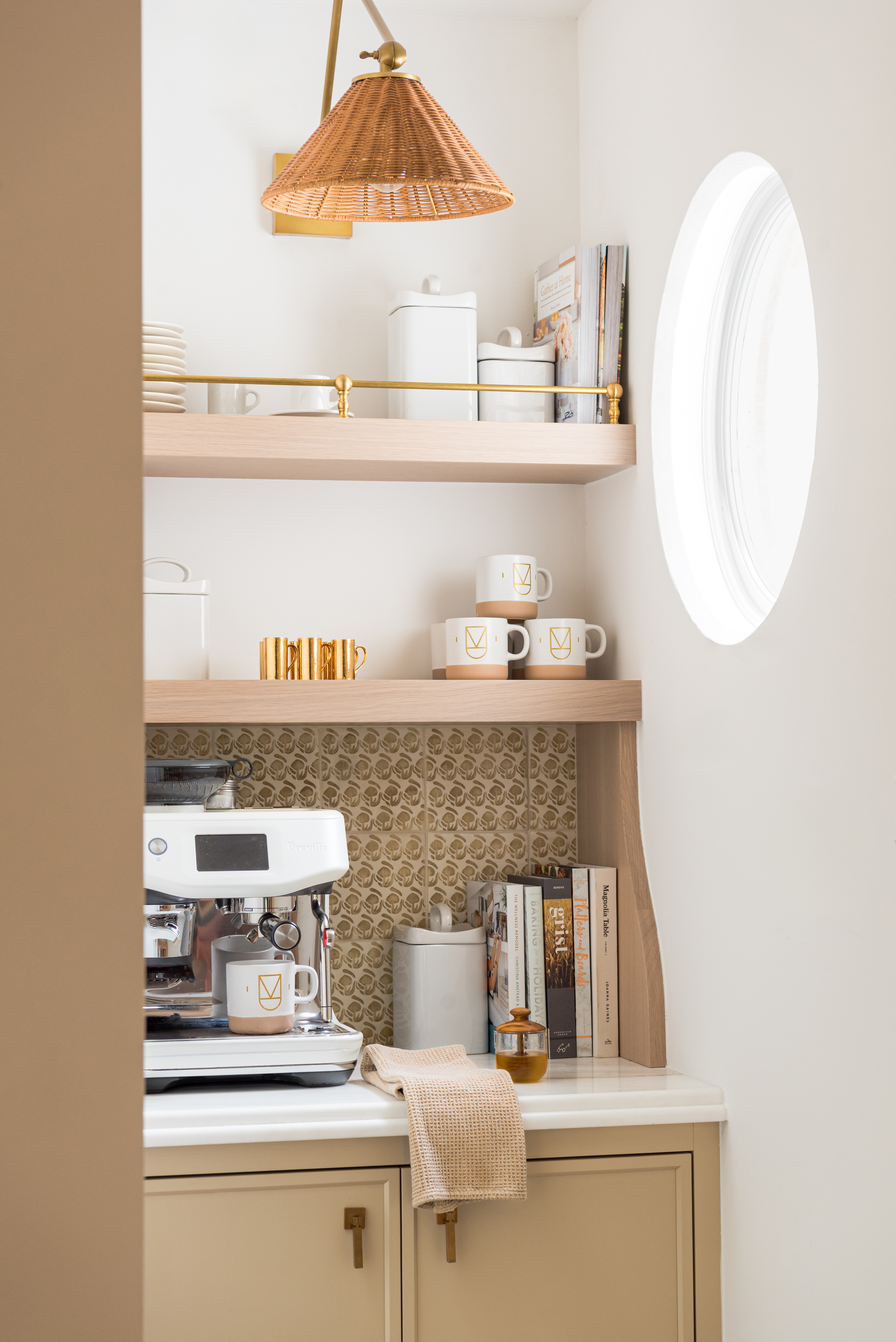
A steaming wand, on the other hand, is a milk frothing technique better suited for those seeking more advanced capabilities. "Steam wands introduce both air and heat into milk, creating a finer texture known as microfoam," explains Heather.
Compared to a hand-held frother, steam wands produce smaller bubbles, resulting in a smoother consistency and lower overall milk volume. Trained baristas, or people with more experience running their home cafe, can control the amount of microfoam by adjusting the steam wand's position and technique.
Most of the best espresso makers will come with a steaming wand attached, but there are also stand-alone steamers you can add to your coffee station as well.
So, Which Coffee Machine Kit Should You Choose?
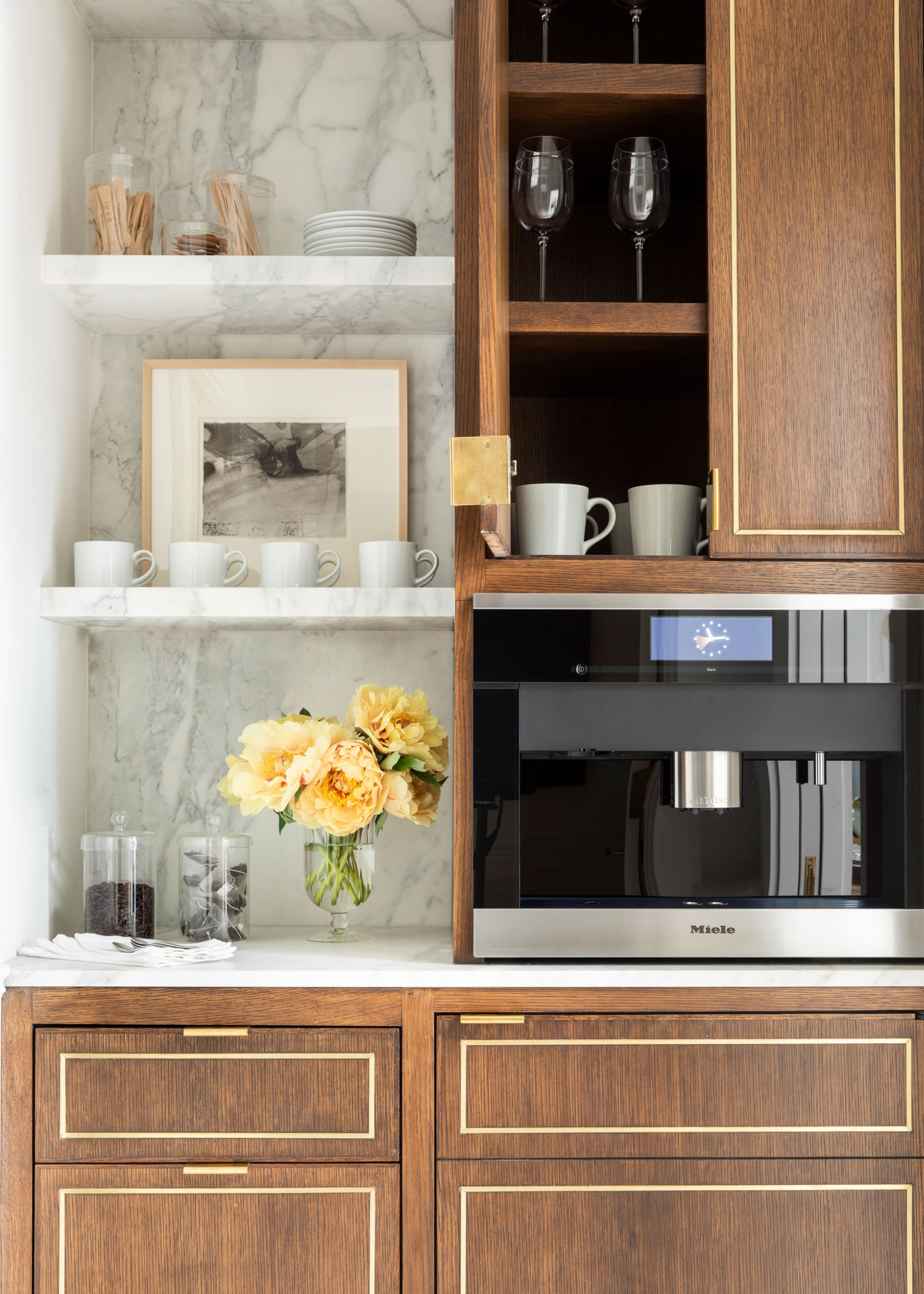
Overall, there is some overlap between the two milk frothing techniques, but you’ll never get the silky smooth, pourable milk needed for a great latte without the micro-bubbles introduced by steaming specifically. This technique is also a requirement for anyone looking to create beautiful latte art.
However, home baristas interested in expanding their repertoire may want both. "While some standalone steam wands are available, most home users will get access to a steam wand as part of an espresso machine purchase," says Heather. "You can complement that with a standalone frother, which can be useful for introducing air into milk that you want to keep cold."
For a tasty cup of coffee, either milk frothing technique is something no modern coffee nook is complete without.
Use a milk frother for convenience or when you crave some cold drinks at home. But for barista-level drinks, use a steam wand so you can get that warm microfoam in your beverage of choice.

Olivia Wolfe is a Design Writer at Livingetc. She recently graduated from University of the Arts London, London College of Communication with a Masters Degree in Arts and Lifestyle Journalism. In her previous experience, she has worked with multiple multimedia publications in both London and the United States covering a range of culture-related topics, with an expertise in art and design. At the weekends she can be found working on her oil paintings, reading, or antique shopping at one of London's many vintage markets.
